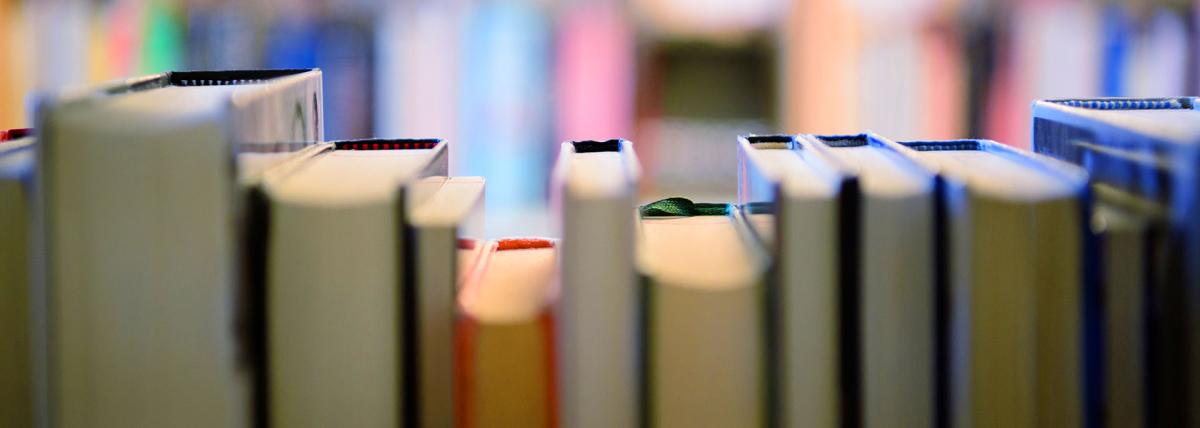In this hands-on lesson, students will conduct an experiment measuring and comparing temperatures using an IR Temperature gun around the classroom. Students also explore careers where an IR
Students need to learn basic internet safety, which starts with developing strong login and site passwords before doing any research on the internet. Creating and managing strong, secure passwords is
This lesson utilizes a digital level to provide real-world applications of slope and angle measurements. Making connections to careers and practical applications enables students to answer that
This lesson is about exploring Arizona's state bird, the cactus wren, that lives in the desert, has special body parts and behaviors that help it survive in its harsh environment. Students will learn
Students will investigate the properties of different types of matter and apply the concept of "P1: Matter" to design, model, and 3D print an object using a MakerBot 3D printer. Hands-On STEM Design
Featured Lesson Plans
Check out these notable lesson plans.

Makey Makey Storyboards

Sphero Rocket Payload Mission



